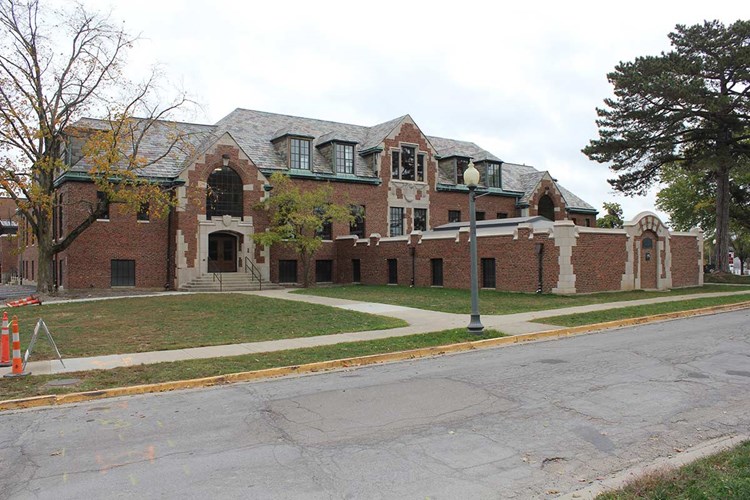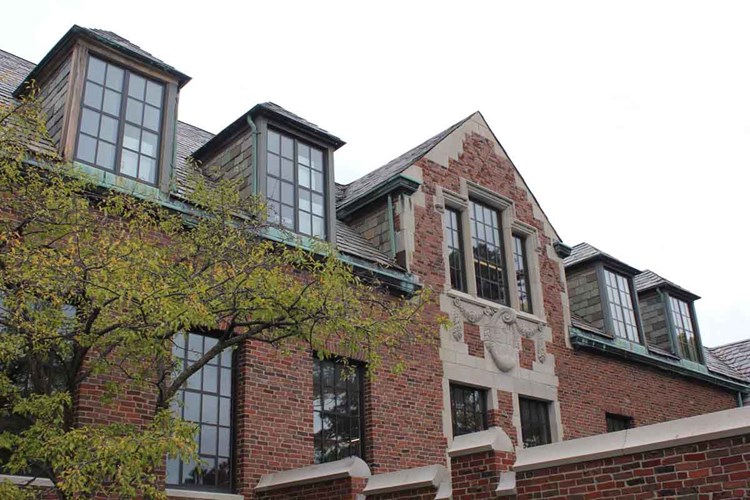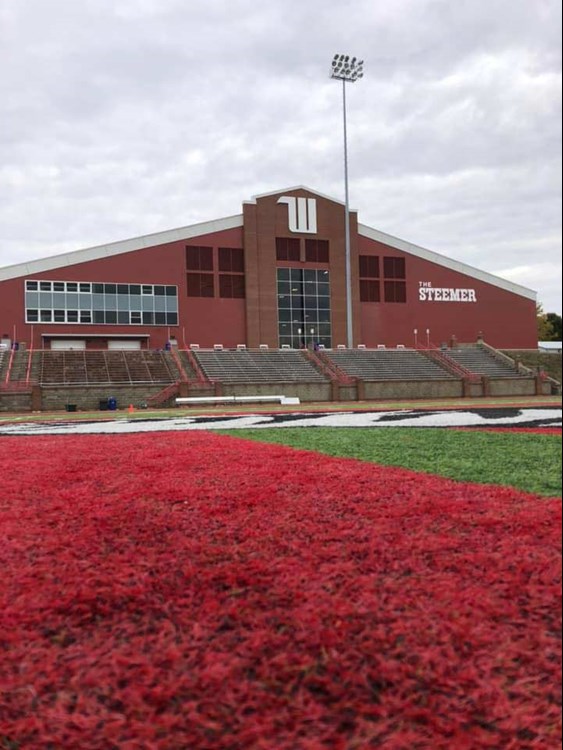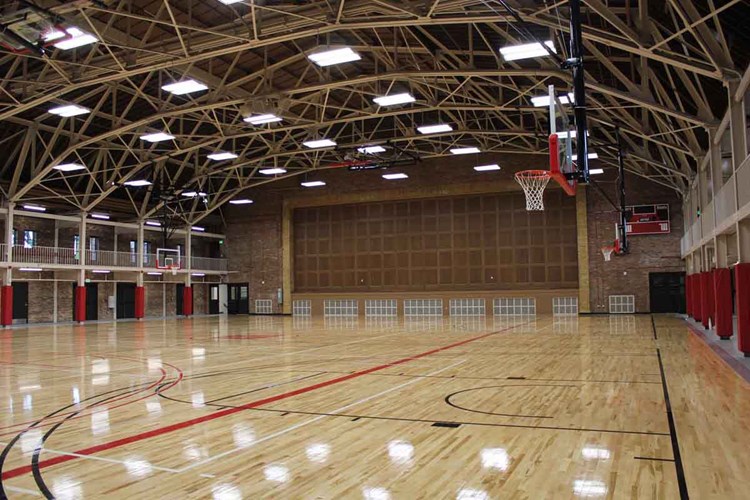The Steemer at Wittenberg University was constructed in 1929 with funds raised in just twelve days through a community-sponsored campaign. The original design included a gymnasium and natatorium. The building was underutilized due to years of deferred maintenance. The restored fieldhouse includes locker rooms and meeting rooms for all the University’s varsity athletic programs including football, men’s and women’s lacrosse, men’s and women’s soccer, men’s and women’s tennis, men’s baseball and women’s field hockey and softball.
In addition to updated practice and training facilities, the fieldhouse also includes classrooms, offices for the coaching staffs and athletic administration, and new social space for alumni gatherings and fundraising.
Locker rooms and meeting spaces were also renovated in the 1982 addition for men’s and women’s basketball, volleyball, track, cross country, and swimming. Additionally, a 124,000sf indoor practice field addition was constructed.


The building was restored in accordance with the Secretary of the Interior Standards for Rehabilitation making it eligible to receive both Federal and State Historic Tax Credits. The $63 million project generated $4.6 million in Federal Historic Tax Credit equity. The project received a $5 million State Historic Tax Credit award in Round 15 of the Ohio Historic Tax Credit Program and has raised $23.5 million in philanthropic support. The project was completed in Fall 2019 and received historic Part 3 approval in December 2019. This project would not have been possible without Federal and State Historic Tax Credits.


Originally owned by Wittenberg University, restructuring of the building’s ownership was necessary due to “prior use” limitations. Per the federal tax code, if a tax-exempt entity, in this case Wittenberg University, “used” the property prior to transferring to a new entity to conduct the rehabilitation, only 50% or less of the historic property can be leased back to the tax exempt during the 5-year compliance period.
Solutions to this issue include lease pass through to a for profit structure, service contract in lieu of a lease, and/or build “new” square footage that has more “net rentable space” than the “net rentable space” of the existing structure.
The Steemer used a combination of sub-leases to third party tenants such as concessions and Team Store, a sub-lease to Wittenberg directly for its exclusive use and built a large new addition that increased the net rentable square footage to satisfy the 50% threshold.
As Development Consultant, MCM managed the development process including the following specific requirements and tasks: creation of development schedule for tax credit and financing submission planning, ownership restructuring; financing proforma, management of required entitlements and government approvals, oversite of design and construction to ensure that it meets tax credit and financing requirements, preservation consulting in partnership with HP Group, LLC., solicitation, negotiation, and securing senior financing and tax credit bridge financing, solicitation, negotiation and commitment for tax credit equity investment, and project close-out.
$63,000,000
Total project costDevelopment Consultant
ROLEView more development consulting projects
Click the button below to return to the development consulting projects page.

